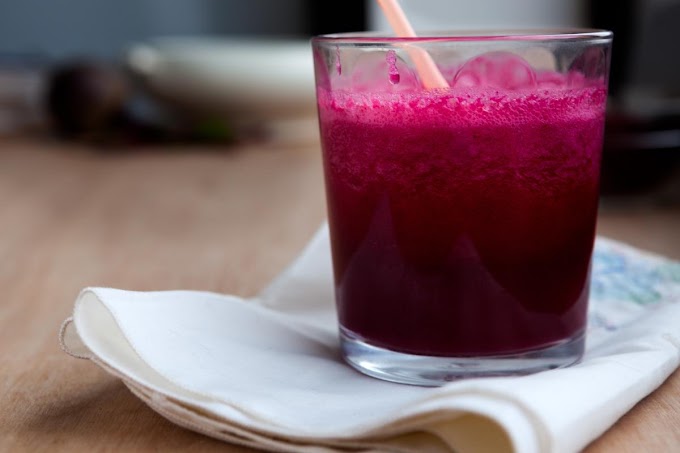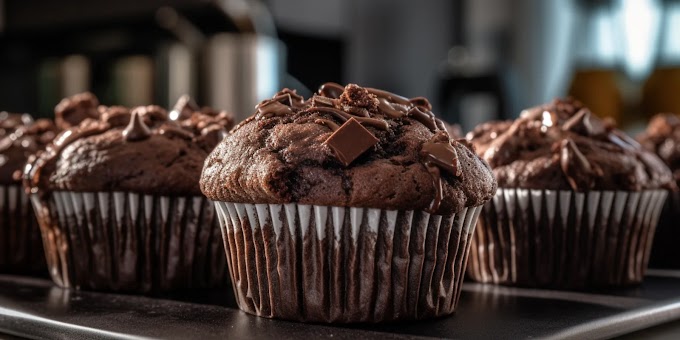Understanding the Role of Cream Cheese and Gelatin in Cheesecake
Before diving into the alternatives, it's important to understand why cream cheese and gelatin are used in traditional cheesecake recipes. Cream cheese provides the characteristic smooth and creamy texture, while gelatin acts as a stabilizer, giving the cheesecake its firm structure without the need for baking.
When substituting these ingredients, the goal is to maintain the creamy texture and structural integrity of the cheesecake. Fortunately, various ingredients can achieve this, allowing for creative and delicious variations.
Cream Cheese Substitutes: Exploring Dairy-Free and Plant-Based Options
For those looking to avoid cream cheese, whether due to lactose intolerance, veganism, or simply a desire to try something different, there are several substitutes that can mimic the texture and flavor of cream cheese in a cheesecake.
Cashew Cream: Cashew cream is a popular dairy-free alternative that works well in cheesecakes. To make cashew cream, soak raw cashews in water for a few hours or overnight, then blend them with a bit of water, lemon juice, and sweetener until smooth. The result is a rich, creamy base that can be flavored with vanilla, cocoa, or fruit puree.
Recipe Idea:
Cashew Cream Cheesecake with Berries: Blend soaked cashews with coconut cream, maple syrup, and vanilla extract. Pour the mixture over a crust made from crushed nuts and dates, then top with fresh berries. Chill until set for a refreshing and indulgent dessert.
Silken Tofu: Silken tofu is another excellent substitute for cream cheese. Its smooth texture makes it ideal for blending into a creamy filling, and it easily takes on the flavors of added ingredients. To enhance the flavor, you can add lemon juice, vanilla, or a touch of vegan cream cheese.
Recipe Idea:
Silken Tofu Chocolate Cheesecake: Combine silken tofu with melted dark chocolate, a sweetener of your choice, and vanilla extract. Pour the mixture into a nut-based crust and refrigerate until firm. The result is a decadent, chocolatey treat that's rich and satisfying.
Coconut Cream: Coconut cream, which is the thick, creamy part of canned coconut milk, can also be used as a cream cheese substitute. It has a natural sweetness and a rich, creamy texture that works well in cheesecakes. To reduce the coconut flavor, you can combine it with other ingredients like cashew cream or silken tofu.
Recipe Idea:
Coconut Lime Cheesecake: Mix coconut cream with lime juice, zest, and a sweetener. Pour over a crust made from crushed graham crackers and coconut flakes, then chill until set. The tropical flavors make this cheesecake a refreshing and unique dessert.
Gelatin Alternatives: Creating Structure Without Animal Products
Gelatin is often used in no-bake cheesecakes to help the filling set. However, it's derived from animal collagen, making it unsuitable for vegetarians and vegans. Fortunately, several plant-based alternatives can achieve similar results.
Agar-Agar: Agar-agar, derived from seaweed, is a popular vegetarian substitute for gelatin. It has a similar gelling effect and can be used in both sweet and savory dishes. When using agar-agar in a cheesecake, it's important to dissolve it in hot liquid before mixing it into the filling.
Recipe Idea:
Mango Cheesecake with Agar-Agar: Blend your cream cheese substitute (such as cashew cream or silken tofu) with mango puree and a sweetener. Dissolve agar-agar in hot water, then mix it into the filling. Pour over a crust and refrigerate until set. The result is a bright and fruity cheesecake that's both refreshing and satisfying.
Cornstarch: Cornstarch can also be used to thicken and stabilize cheesecake fillings. While it doesn't provide the same firmness as gelatin or agar-agar, it can create a creamy and slightly dense texture that's similar to a baked cheesecake.
Recipe Idea:
Vanilla Bean Cheesecake with Cornstarch: Combine your cream cheese substitute with cornstarch, vanilla bean paste, and a sweetener. Pour over a crust and bake until set. This cheesecake will have a slightly firmer texture, similar to traditional baked cheesecakes.
Chia Seeds: Chia seeds, known for their ability to absorb liquid and create a gel-like consistency, can also be used in cheesecakes. When soaked, chia seeds swell and create a pudding-like texture that can add body to your cheesecake filling.
Recipe Idea:
Berry Chia Cheesecake: Blend your cream cheese substitute with soaked chia seeds, fresh berries, and a sweetener. Pour over a nut-based crust and chill until set. The chia seeds add a subtle crunch and help thicken the filling naturally.
Combining Flavors and Textures for a Unique Cheesecake Experience
Creating a cheesecake without cream cheese or gelatin opens up a world of possibilities in terms of flavors and textures. By experimenting with different combinations of substitutes, you can craft a dessert that's not only delicious but also tailored to your dietary needs and preferences.
Add Fresh or Cooked Fruit: Incorporating fruit into your cheesecake can add natural sweetness, moisture, and flavor. Consider layering fruit puree between the cheesecake layers or topping the finished dessert with fresh fruit.
Use Spices and Extracts: Enhance the flavor of your cheesecake by adding spices like cinnamon, nutmeg, or cardamom, or extracts like almond, coconut, or lemon. These additions can elevate your cheesecake and make it more complex and satisfying.
Experiment with Different Crusts: While a traditional graham cracker crust is always a good choice, you can also try crusts made from crushed nuts, oats, or even cookies. Each option will bring a different flavor and texture to your cheesecake.
Conclusion
Cheesecake doesn't have to be limited to the traditional cream cheese and gelatin recipe. By exploring dairy-free substitutes like cashew cream, silken tofu, or coconut cream, and by using plant-based alternatives to gelatin such as agar-agar, cornstarch, or chia seeds, you can create a wide variety of delicious and satisfying cheesecakes. Whether you're accommodating dietary restrictions or simply looking to try something new, these recipes offer a fresh take on a classic dessert that everyone can enjoy.








Social Plugin